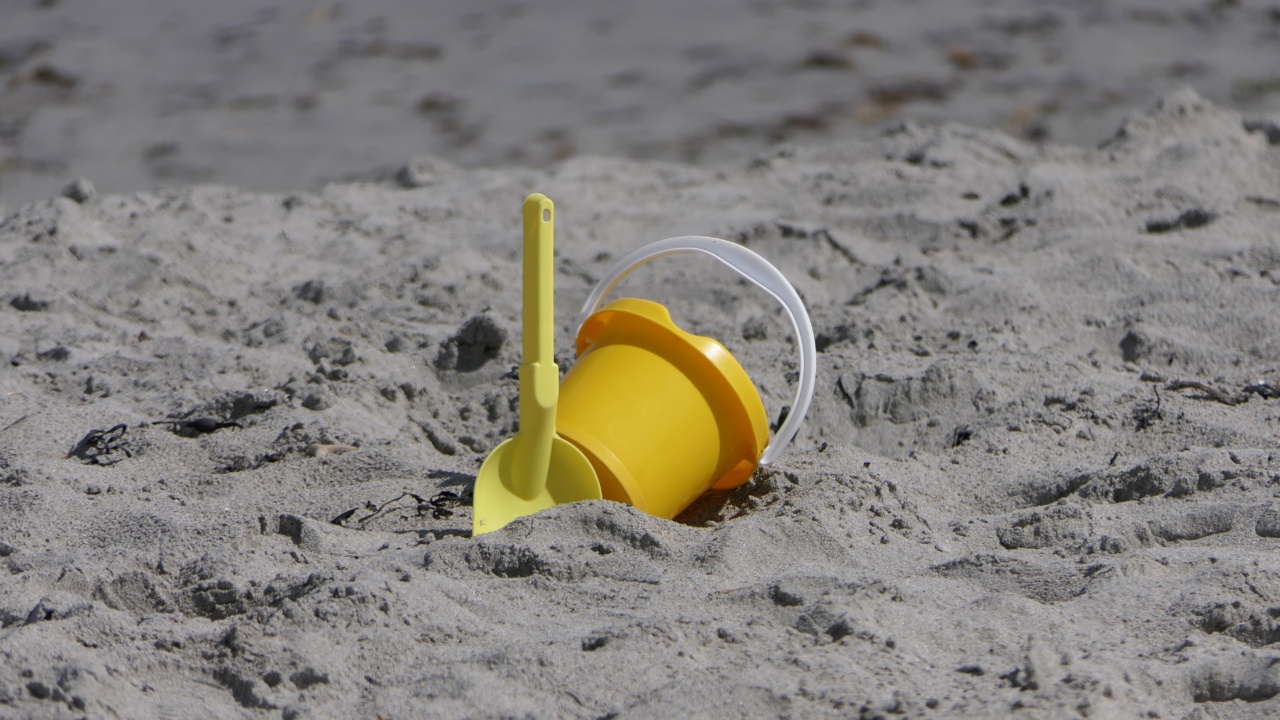Summer is the perfect time to splash around in a pool or swim in the ocean. However, as much as we love swimming, it can lead to urinary tract infections (UTIs).
UTIs are a common occurrence amongst swimmers, so it’s essential to be mindful of preventive measures to keep UTIs at bay. In this guide, we’ll learn about UTIs and swimming and discuss the ways to prevent them.
Understanding Urinary Tract Infections
A UTI is an infection that affects your urinary system. It is caused by bacteria that enter your urethra, bladder, or kidneys.
UTIs are more common in women than men, and they come with symptoms such as frequent urination, burning sensation during urination, urine with a strong odor, and pelvic pain.
Swimming and UTIs
UTIs and swimming have a strong correlation. When you swim in the pool or other bodies of water, the bacteria present in the water can enter your urinary tract, leading to infection.
The bacteria in the pool water can enter your body through your urethra, which is an easy entry point.
Preventive Measures
There are several preventive measures you can take to get UTIs from swimming.
Practice Good Hygiene
Before and after swimming, make sure to rinse your genitals with clean water. Don’t forget to dry yourself afterwards. It’s essential to wear fresh clothing and underwear before going swimming and after you are done.
Don’t Hold Urine
One of the leading causes of UTIs is holding urine for an extended period. When you go for long hours without passing out urine, you’re increasing your risk of UTIs. When you have to go, ensure that you do so immediately.
Drink Water
It’s essential to stay hydrated when swimming. Drinking water helps to flush away bacteria in your urinary tract. Drinking plenty of water makes you urinate often and keeps the bacteria from accumulating in your bladder.
Use A Lubricant
If you’re prone to UTIs and like to swim, then lubricants might come in handy. Vaginal dryness makes you susceptible to UTIs when you go swimming.
By applying a water-soluble lubricant, you’re creating a barrier that protects the urethra from bacteria and reduces the risk of infection.
Empty Your Bladder After Swimming
After swimming, ensure that you pee as soon as you can. Peeing helps to flush out bacteria that may have entered the urinary tract. When you take your shower, make sure you rinse your genitals thoroughly with clean water to avoid infections.
Use Grade-A Pool Facilities
Avoid swimming in community pools or poorly sanitized pool facilities. Bacteria thrive best in poorly sanitized facilities. Opt for better facilities that are cleaned and well-maintained.
Wear Proper Swimwear
Wearing proper swimwear such as swim diapers for children decreases the risk of fecal contamination in the pool. It’s essential to take a shower before jumping into the pool as it removes bacteria that might be present on your skin.
Take Probiotics
Probiotics are effective in preventing UTIs in swimmers. A probiotic is a supplement that contains helpful bacteria that work to restore the balance of good bacteria in your gut and urinary tract.
Probiotics increase the production of good bacteria, which fights the bad bacteria that cause UTIs.
See A Doctor
If you’re experiencing UTI symptoms, you should see your doctor. Your doctor will prescribe a course of antibiotics. Completing the course is essential, even if you feel better after a few days.
Conclusion
Swimming is a fun way to stay active during the summer, but it’s essential to take preventive measures against UTIs.
By practicing good hygiene, using lubricants, drinking water, and using quality pool facilities, you can lower your chances of developing a UTI. If you suspect you have a UTI, seek medical attention as soon as possible. With these tips, you can enjoy swimming without having to worry about UTIs.






























